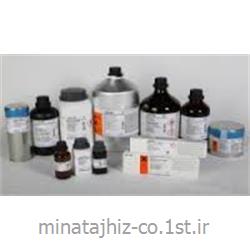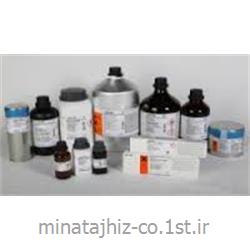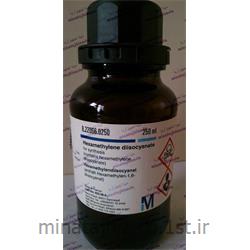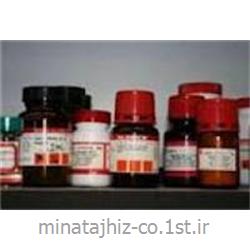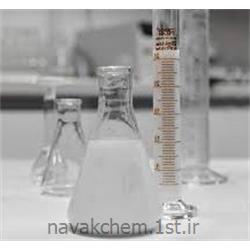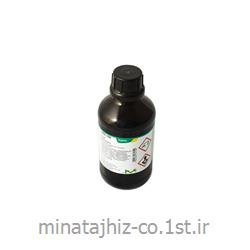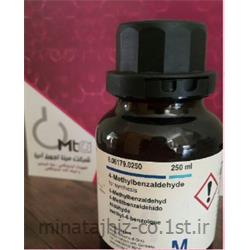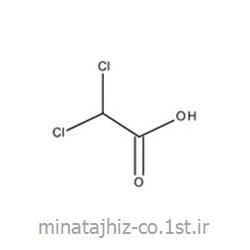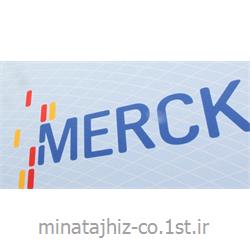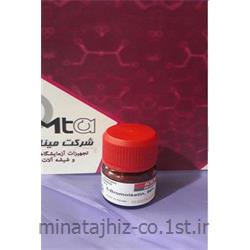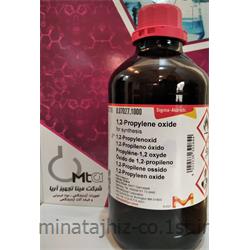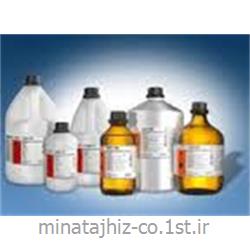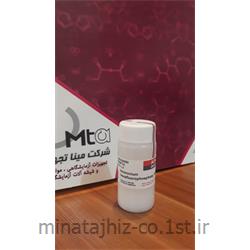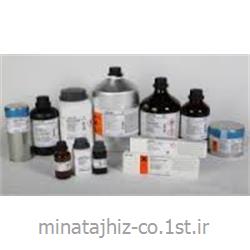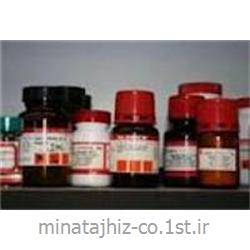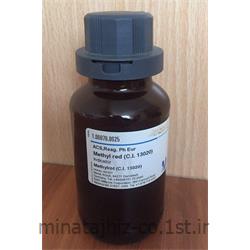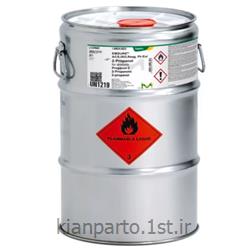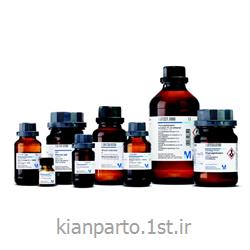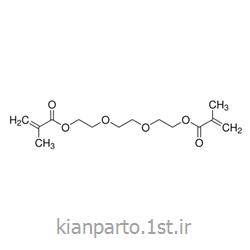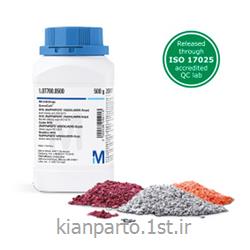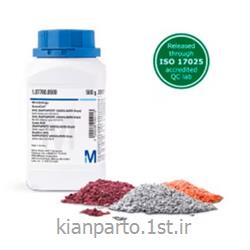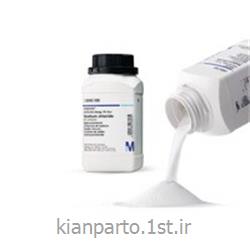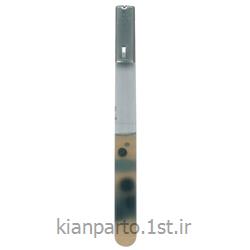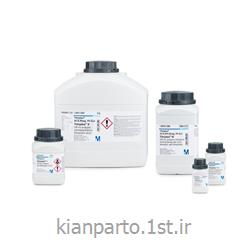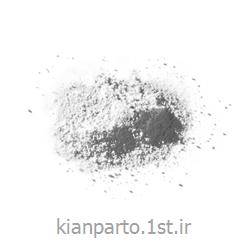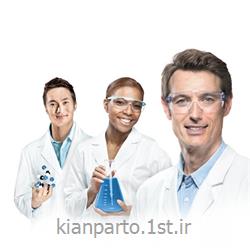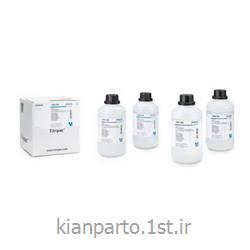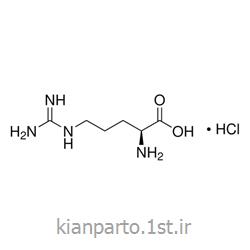| Description | |
|---|---|
| Catalogue Number | 822197 |
| Synonyms | Lithium boron hydride, Lithium boranate |
| Description | Lithium tetrahydroborate |
| Product Information | |
|---|---|
| CAS number | 16949-15-8 |
| EC number | 241-021-7 |
| Hill Formula | BH₄Li |
| Chemical formula | LiBH₄ |
| Molar Mass | 21.78 g/mol |
| HS Code | 2850 00 20 |
| Applications | |
|---|---|
| Application | Lithium tetrahydroborate for synthesis. CAS 16949-15-8, EC Number 241-021-7, chemical formula LiBH₄. |
| Physicochemical Information | |
|---|---|
| Density | 0.666 g/cm3 (20 °C) |
| Explosion limit | 4.00 - 75.60 %(V) |
| Melting Point | 280 °C (decomposition) |
| Bulk density | 300 kg/m3 |
| Solubility | 209 g/l |
| Safety Information according to GHS | |
|---|---|
| Hazard Pictogram(s) |   |
| Hazard Statement(s) | H260: In contact with water releases flammable gases which may ignite spontaneously. H314: Causes severe skin burns and eye damage. |
| Precautionary Statement(s) | P280: Wear protective gloves/ protective clothing/ eye protection/ face protection. P301 + P330 + P331: IF SWALLOWED: Rinse mouth. Do NOT induce vomiting. P305 + P351 + P338: IF IN EYES: Rinse cautiously with water for several minutes. Remove contact lenses, if present and easy to do. Continue rinsing. P308 + P310: IF exposed or concerned: immediately call a POISON CENTER or doctor/ physician. P402 + P404: Store in a dry place. Store in a closed container. |
| RTECS | ED2725000 |
| Storage class | 4.3 Hazardous materials, which set free flammable gases upon contact with water |
| WGK | WGK 2 water endangering |
| Disposal | 26 Alkali and alkaline-earth metals should be taken up in an inert solvent and neutralized by adding 2-propanol (Cat. No. 100995) dropwise with stirring. Should the reaction be more violent than expected, conversion should be carried out with tert-butanol or octanol. Caution: This reaction produces hydrogen, which can form explosive mixtures; take necessary precautions. When the reaction has ceased, add water dropwise; neutralize; container D. In the case of alkali or alkaline-earth borohydrides, add methanol (Cat. No. 106008) with stirring; in the case of alkali or alkaline-earth amides and hydrides, organoaluminium and organotin hydrides, add 2-propanol (Cat. No. 100995) dropwise. The substances, which are usually in solid form, should be previously suspended in an ether! When the respective reaction has ceased, hydrolize with water; then neutralize. Container D or E. Lithium aluminium hydride must also be destroyed by slurrying in an ether. Under an inert gas and with thorough stirring, add dropwise a 1:4 mixture of ethyl acetate (Cat. No. 822277) and the ether used to prepare the slurry. Always ensure thorough mixing (stirring)! Container A. |
| Safety Information | |
|---|---|
| Hazard Symbols |  Corrosive Corrosive Flammable Flammable |
| Categories of danger | highly flammable, corrosive |
| R Phrase | R 15-34 Contact with water liberates extremely flammable gases.Causes burns. |
| S Phrase | S 26-36/37/39-43-45 In case of contact with eyes, rinse immediately with plenty of water and seek medical advice.Wear suitable protective clothing, gloves and eye/face protection.In case of fire, use sand. Never use water.In case of accident or if you feel unwell, seek medical advice immediately (show the label where possible). |
| Storage and Shipping Information | |
|---|---|
| Storage | Store below +30°C. |
| Transport Information | |
|---|---|
| Declaration (railroad and road) ADR, RID | UN 1413 , 4.3, I |
| Declaration (transport by air) IATA-DGR | UN 1413 , 4.3, I |
| Declaration (transport by sea) IMDG-Code | UN 1413 , 4.3, I |
| Specifications | |
|---|---|
| Assay (hypochlorite) | ≥ 93.0 % |
| Identity (ICP-OES) | passes test |
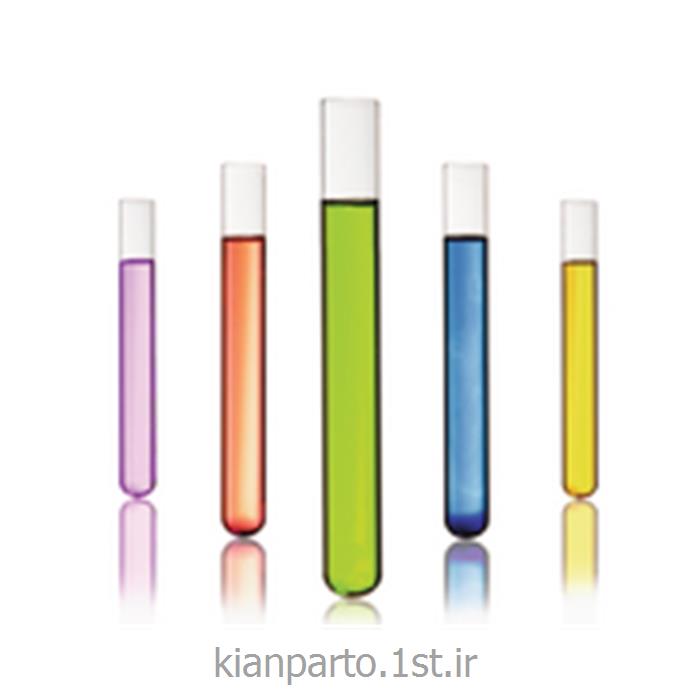



 سفارش آنلاین
سفارش آنلاین

 ضمانت سلامت فیزیکی
ضمانت سلامت فیزیکی ضمانت اصالت کالا
ضمانت اصالت کالا